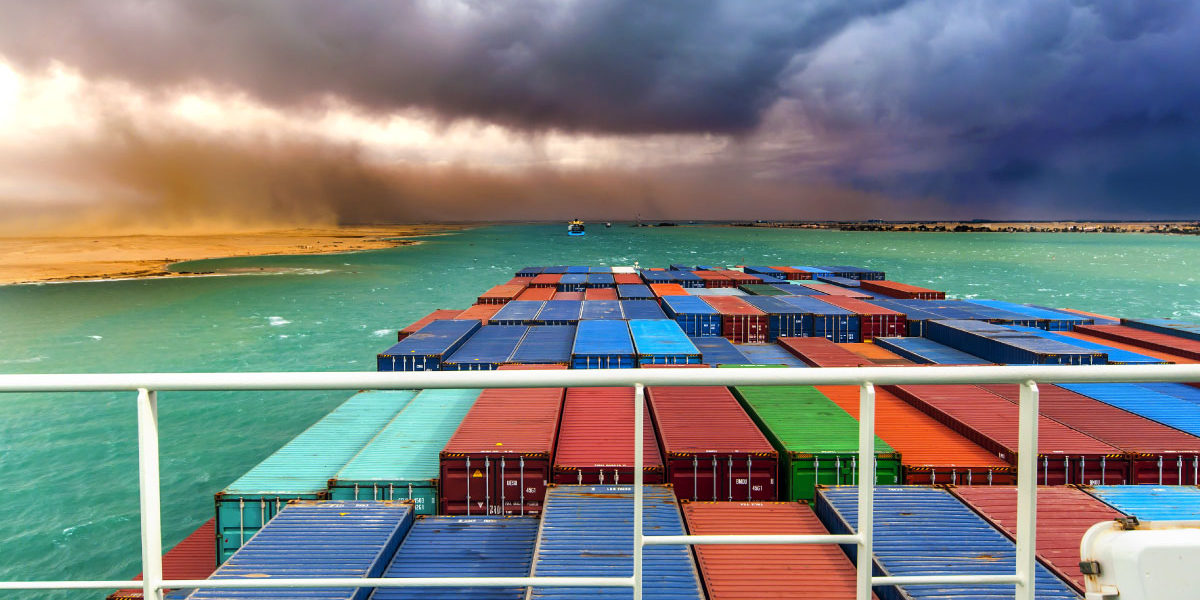At the beginning of this month, the container shipping fee from China to the United States finally exceeded US$20,000, setting a historical record.
The typhoon on the southern coast of China has affected the world’s most important means of transportation; another outbreak of the pandemic has slowed the turnover rate of containers worldwide, and the increase in orders from retailers in Europe and the United States before the peak shopping season has brought global supply chains Great pressure and challenges come.The shipping market has become more and more chaotic, because the shortage of containers has turned it into a seller’s market, but for shipping companies, they can charge more than ten times the normal price for freight. The shipping industry has not encountered this situation for more than 30 years, and it is expected that this high rate will continue until the new year of 2022.
The Covid-19 cases have rebounded in many countries, and the average turnaround time at ports has slowed to around 7-10 days. As for ocean freight, the east coast route from China to the United States has reached US$20,800, and the ocean freight to the west coast of the US is slightly less than US$20,000; and the latest European basic port freight is close to Euro€14,000. The steep rise in container rates has led to an increase in the charter fees of container ships, which has forced shipping companies to prioritize looking for opportunities on the most profitable routes.
Around March 24 this year, a giant container ship ran aground on the Suez Canal in Egypt, blocking one of the busiest trade routes. At the end of May and early June, some ports in Southeast Asia were closed and controlled. As a result, approximately one million containers have been shelved, and the demand for containers in the European and American markets has soared. Shipping companies refuse to send containers to the inland for pickup because they are trying to ship empty containers back to Asian ports as soon as possible to seize the opportunity of the highest freight rate for Chinese exports.
Recently, containers have been piled up very high in Shanghai Port, making the opening time of the port always delayed. The soaring volume of cargo caused a deadlock in the loading and unloading docks and swallowed up the scarce trucking capacity. Shortages are driving up shipping costs and delaying delivery times for retailers and manufacturers before the holiday peak.
The interrelationship of container use and global shipping means that there is no shortcut to restoring a stable flow of goods in the global economy. Lifting the shipping problem will depend on solving the impact of Covid-19 on the economy and operations from factories to ports and terminals. Logistics congestion will continue until there are sufficient container numbers, port management and operations. Some consulting companies even predict that problems such as port congestion and sea freight staying at high prices will continue until the end of 2022 or more.


